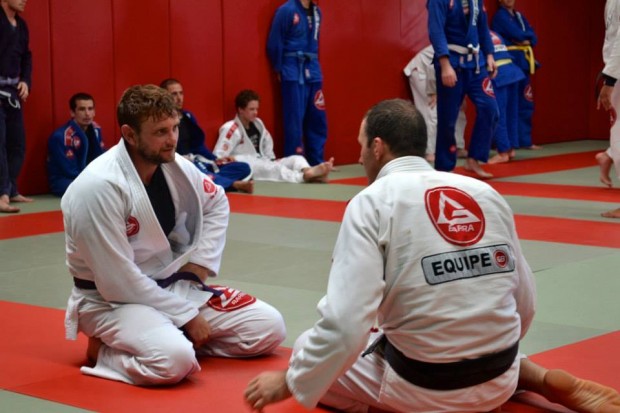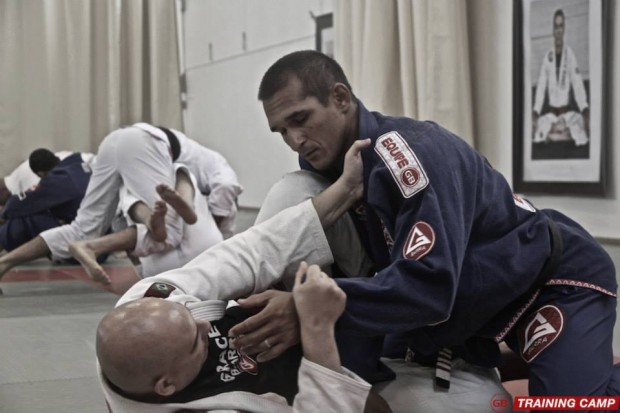How To Protect Your Training Partners
There are few sports that require such close contact and cooperation with a training partner. Within the academy, there are situations where you will be called upon to use your awareness to protect your training partners from injury.
Read also: Safety on the mats: How to be safe and minimize training injuries!
Here are 4 Ideas for you to keep your partner safe when training at the school:
1) Have your partner’s back
While rolling it is not uncommon to collide with other rolling pairs, the wall, the edge of the mat, the pillars, or other environmental variables. Many times, your opponent can not see these things and it is your job to be their eyes and prevent a potentially harmful condition. Stop the roll before your momentum crashes you into a bench or wall and resume your epic struggle safely in the center of the mat.
Furthermore, I tell students practicing takedowns that it is THEIR responsibility to throw their partner safely. The person being thrown is placing their trust in you to be thrown safely. Take that responsibility seriously.
2) Fingers and toes caught in kimono
Oftentimes during an intense roll fingers may become entangled in sleeves, toes caught in the folds of a wet kimono which can become painfully twisted or sprained. If you detect your partner is in such a spot, do them the favor of pausing the roll, removing the vulnerable digit and then continuing.
3) Joints in precarious positions
Sometimes your opponent is caught completely by surprise by your sweep or takedown and may have planted their weight in a position that makes their knee vulnerable to being painfully twisted if the takedown is forced. In these cases, protect your training partner by aborting the takedown or sweep if you sense that their leg is in a awkward position.
Recently I was preparing to perform a rolling back take that involved me rolling forward over my opponent’s neck into full hooks. But the opponent, unaware of the move, turned their head in the wrong direction – which would have resulted in both of us rolling our bodyweight onto his neck and possibly causing a painful injury.
Mid-roll I released my grip and plopped ineffectively onto the mat. It was better that I relinquished the roll and saved my partner’s neck than if I had continued and potentially injured their vulnerable cervical vertebrae.
4) Letting go of submissions even without a tap
Let’s get one thing straight first: it is YOUR responsibility to tap if your limb is trapped in a submission. Your opponent doesn’t know what your flexibility or pain tolerance is. That said, sometimes as more experienced belts, we must protect those who do not yet know the capacities of their own bodies.
Most advanced students have let go of a Kimura or arm bar when the opponent was refusing to tap even though the joint was reaching its limits.
It can be frustrating to have a stubborn opponent look up after you released the submission and say “Hey! I didn’t tap!”, but in the larger picture it is better to not pop the joint and retain a valuable (if stubborn) training partner on the mat.
Protect your training partners when they can’t protect themselves!
Read also: Doctor James Liu: bjj training, injuries and treatment.


